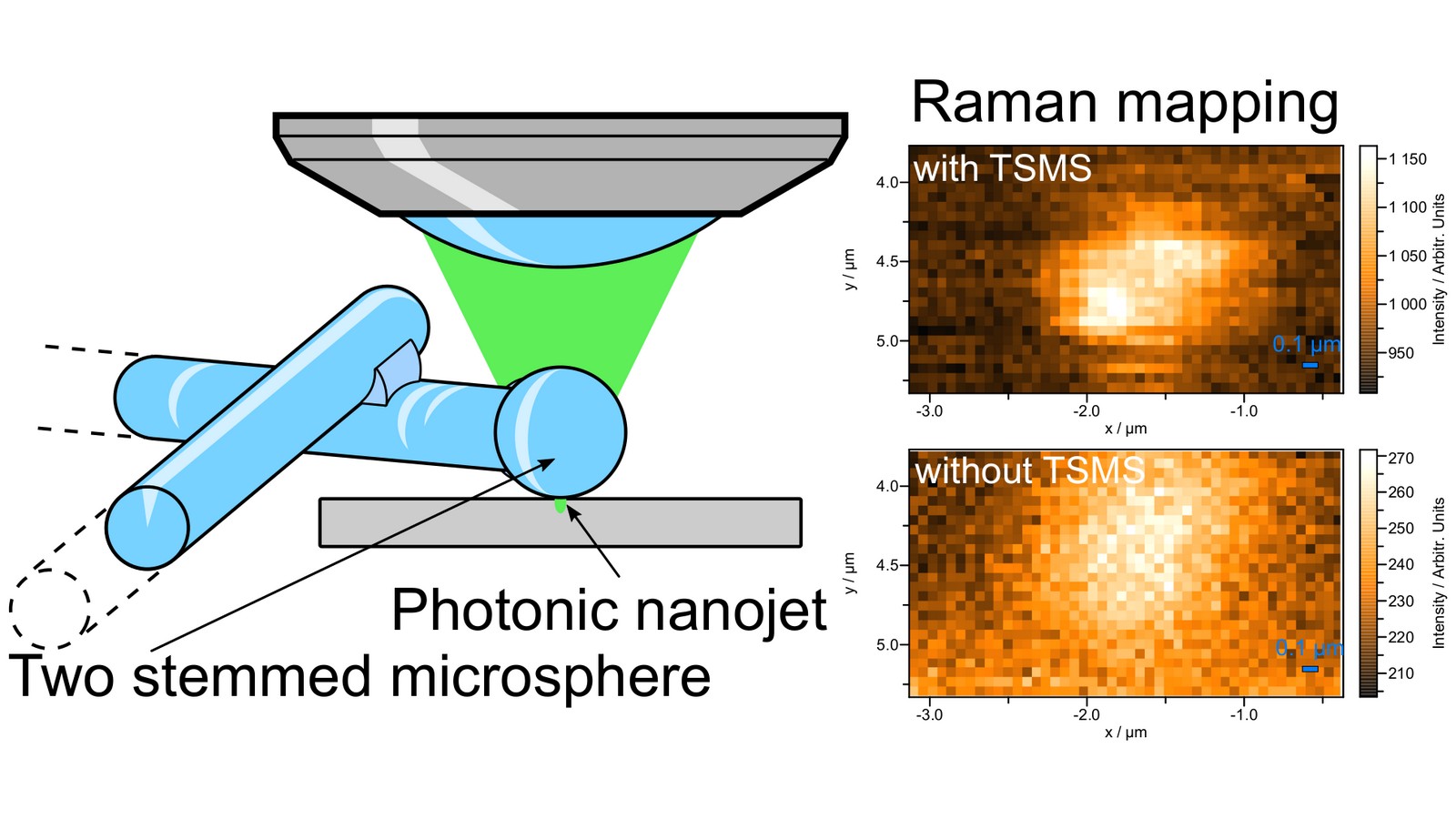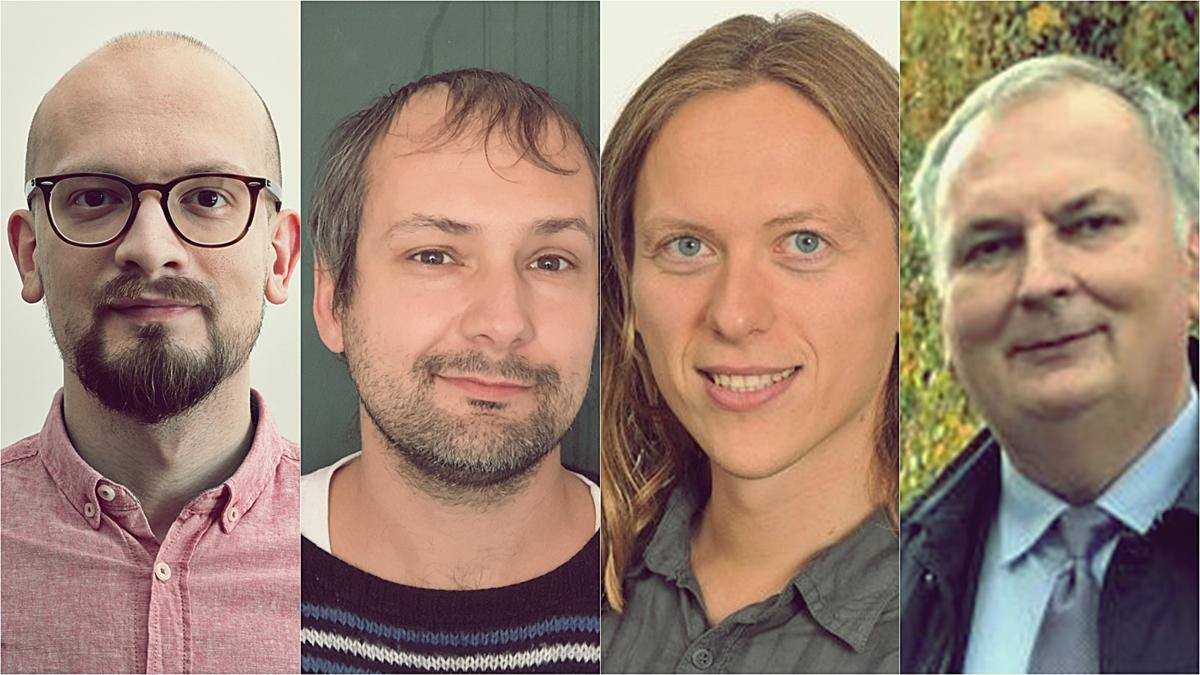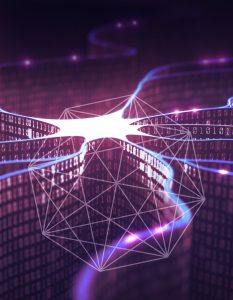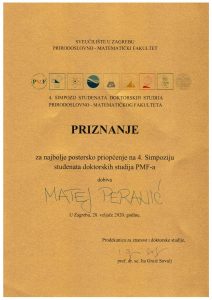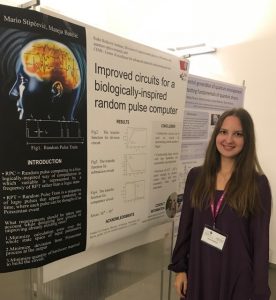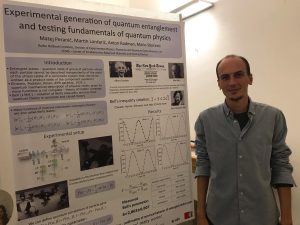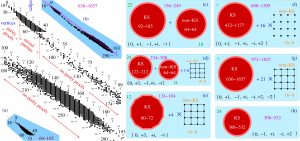5 August 2021 Encrypted audio-video communication has been established between Italy, Slovenia and Croatia with the help of quantum technology!
The first public demonstration of quantum communication between three countries: Italy, Slovenia and Croatia, was demonstrated today as a part of the G20 meeting in Trieste. It was established among Trieste, Ljubljana and Rijeka. Thanks to scientists and experts led by the Ruđer Bošković Institute (RBI) within the Croatian Quantum Communication Infrastructure Consortium (CroQCI), Croatia, although not a member of the G20, found itself alongside the richest and most influential countries.
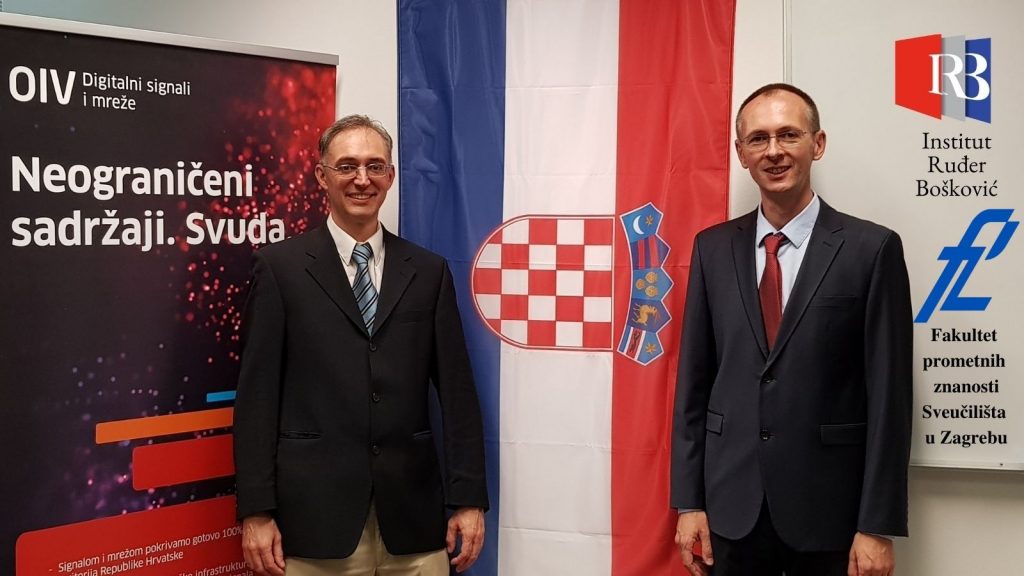 Dr. Mario Stipčević and Dr. Martin Lončarić
Dr. Mario Stipčević and Dr. Martin Lončarić
The demonstration was organized by Prof. Angelo Bassi from the Department of Physics of the University of Trieste and the Quantum Communications Group of the National Institute of Optics (CNR-INO) led by Dr. Alessandro Zavatta.
In Slovenia, the demonstration was led by Prof. Rainer Kaltenbaek and Prof. Anton Ramšak from the Faculty of Mathematics and Physics, University of Ljubljana, with the technical support of Telekom Slovenije, while in Croatia this endeavour was led by Dr. Mario Stipčević and Dr. Martin Lončarić from the Ruđer Bošković Institute with the support of colleagues from the Faculty of Transport and Traffic Sciences in Zagreb and the telecom company OIV – Digital Signals and Networks.
“The Croatian side, in addition to full quantum communication on the 100.5-kilometer-long Trieste-Rijeka route, here for the first time in the world publicly demonstrated the so-called “quantum-enhanced cryptography”, through which Rijeka is connected to Zagreb. The device that made this possible is the result of cooperation between the “PCE” Marine Electronic Center from Split and the Ruđer Bošković Institute from Zagreb. It is an intermediate step that offers security less than quantum cryptography (which is absolute), but also significantly higher than conventional crypto solutions, and at a significantly lower cost than quantum cryptography.” explained Dr. Mario Stipčević, head of the Laboratory for Photonics and Quantum Optics at the RBI and one of the coordinators of the demonstration in Croatia.
“With the successful realization of this endeavour, our scientists and experts broke the ice and paved the way for the realization of quantum infrastructure in the Republic of Croatia. This proves Croatia’s readiness to participate in the construction of a pan-European quantum communication network”, said Dr. Stipčević.
Quantum communication satisfies the need for secure communication, which is a priority of all governments around the world. This technology achieves absolute security thanks to quantum encryption that works through photon exchange, which allows instantaneous detection of hacker intrusion attempts.
“The importance of today’s demonstration is further emphasized in the context of the future European Quantum Communication Infrastructure (EuroQCI) promoted by all EU member states and the European Commission with the support of the European Space Agency. From the very beginning, Croatia has been involved in shaping EuroQCI”, explains Dr. Martin Lončarić from the RBI, who, along with Dr. Stipčević, is the coordinator of these activities in Croatia.
“Today we have laid the foundation stone for a new European quantum infrastructure,” explained Tommaso Calarco, President of the European Quantum Community Network (QCN), “with unprecedented security, which by nature belongs to us”, he concluded.
The demonstration began with official greetings from representatives of the institutions, followed by a real musical treat prepared by three music quartets. Namely, the musicians, using the quantum cryptography established to demonstrate this communication, performed specially prepared musical works in each of the three countries.
The musical performance was achieved thanks to the cooperation of the Trieste Conservatory “Giuseppe Tartini” together with the Music Academies in Ljubljana and Zagreb.
The quartet of saxophonists of the Music Academy in Ljubljana (Miha Rogina soprano, saxophone, Nika Deželak alto saxophone, Agata Živoder tenor saxophone, Domen Koren baritone) performed “Tango virtuoso” by Thierry Escaich.
The String Quartet of the Academy of Music, University of Zagreb (Matej Žerovnik and Luka Kojundžić violin, Filip Kojundžić viola, Lucija Mušac cello) performed Fran Lhotka’s “Scherzo”, while the quartet of saxophonist of the Trieste Conservatory “Giuseppe Tartini” (soprano-saxophone Elia Sor Emma Marcolin, tenor saxophone Matilda Travain, baritone saxophone Marin Komadina), performed “Suite Hellenique” by Pedro Iturralde.

The implementation was supported by the Ministry of Foreign and European Affairs, the Ministry of Science and Education, the Ministry of the Sea, Transport and Infrastructure, the Ministry of Defense and the Agency Alan, as well as projects of the Croatian Science Foundation no. IPS-2020-01-2616 and MZO no. KK.01.1.1.01.0001.
Additional information can be found here.
G20 video URL: https://youtu.be/LLc_YP7FngI


 Dr. Mario Stipčević and Dr. Martin Lončarić
Dr. Mario Stipčević and Dr. Martin Lončarić
